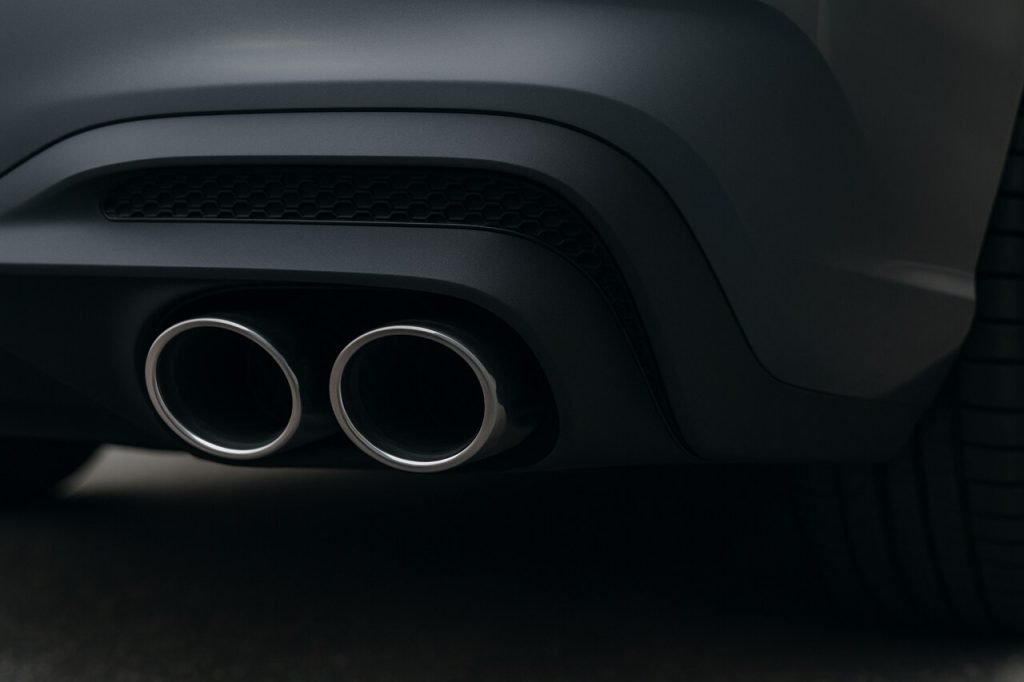Enhancing the driving experience goes far beyond horsepower figures and 0–60 times. today, advanced exhaust technologies are playing a pivotal role in transforming how we engage with our cars. By harnessing innovations in materials science, electronics and acoustic engineering, modern exhaust systems not only extract more power from an engine but also tailor the soundtrack and feel of every drive. From dynamic valve control to real-time tuning, these breakthroughs create a seamless blend of performance, efficiency and emotion that was once unimaginable.
Dynamic Valve Control for a Customizable Soundtrack
One of the most visible advancements in exhaust design is the integration of electronically controlled valves. Rather than forcing a single, unchanging tone, dynamic valve systems adjust the flow of exhaust gases based on throttle input, engine speed and even driver‐selected modes. In “comfort” settings, valves remain partially closed, directing gases through sound-deadening chambers that mute harsh frequencies and promote a refined hum. Switch to “sport” or “track” mode, and the valves swing wide open, channeling gases through straighter, larger‐bore pipes that unleash a rich, throaty growl. This adaptability means drivers can savor a subdued cruise on the highway before instantly awakening a snarling performance soundtrack when the road demands more aggression.
Even iconic models benefit from such advancements: a modern Corvette exhaust system, for example, uses dual-mode valves and carbon fiber-reinforced tips to deliver both daily-driving comfort and track-ready roar. By focusing on adaptability, intelligence, and precision, advanced exhaust technologies transform every journey, turning simple point A-to-B travel into a visceral, engaging adventure.
Variable Geometry for Optimal Flow Efficiency
While valve control shapes the exhaust note, variable-geometry exhaust manifolds tackle the challenge of scavenging—using pressure waves to pull spent gases out of the combustion chamber more effectively. By altering the length and cross-section of primary tubes through movable flaps or sliding walls, these manifolds maintain peak scavenging efficiency throughout the rev range. At low RPM, longer path lengths enhance torque by creating stronger negative pressure pulses; at high revs, shortening the path minimizes backpressure to maximize top-end power. This continuous adaptation not only flattens the engine’s torque curve—delivering robust pull from idle to redline—but also smooths out throttle response, providing a sense of immediacy and linearity that drivers immediately appreciate.
Active Thermal Management to Preserve Performance
High-performance driving generates tremendous heat, and unmitigated exhaust temperatures can sap power, accelerate wear and even trigger detonation. Modern exhaust systems employ active thermal management tactics—ceramic coatings, heat-resistant wraps and injected cooling air—to keep header and mid-pipe temperatures within an optimal window. Ceramic spray coatings on the inner bore reduce radiant heat loss, preserving gas velocity and boosting scavenging. Heat-shielded sections between the engine bay and cabin lower under-bonnet temperatures, protecting sensitive electronics and enhancing driver comfort. Some high-end designs even incorporate water or air injection at critical junctions to rapidly cool gases during extended high-load runs, ensuring consistent power delivery on back-to-back laps.
Intelligent On-Board Diagnostics and Tuning
Today’s exhaust systems do more than passively channel gases; they communicate. Embedded sensors monitor parameters such as pressure differentials, gas temperatures and flow velocities in real time. This data feeds an on-board ECU or a cloud-connected tuning platform, which can adjust fuel maps, ignition timing and valve control strategies on the fly. The result is a system that learns and adapts: it can compensate for altitude changes, varying fuel quality or component wear, maintaining peak performance without manual retuning. Enthusiasts with aftermarket tuning boxes can even log and analyze driving sessions, refining their exhaust behavior for specific tracks or road conditions, creating a bespoke driving experience that evolves with every mile.
High-Strength, Lightweight Materials for Reactive Handling
Reducing mass in unsprang and rotational components enhances acceleration, braking and cornering precision. Exhaust manufacturers are increasingly turning to alloys like titanium and nickel-based Inconel for critical sections. Titanium offers an exceptional strength-to-weight ratio and resists the corrosive effects of exhaust gases, while Inconel stands up to extreme heat without warping. By shedding several kilograms compared to traditional stainless steel, these materials improve throttle response and reduce inertia in the drivetrain. The result is a system that not only sounds and looks cutting-edge but also delivers measurable gains in agility and feedback, sharpening the connection between driver and machine.
Precision-Engineered Acoustic Tuning
Even with valves and variable geometry, the art of exhaust tuning remains in the details of muffler design and chamber resonance. Modern systems use computer-optimized chamber layouts and perforated baffles to sculpt specific harmonic frequencies—amplifying the exhilarating burbles on lift-off, smoothing unwanted droning at cruising speeds, and eliminating harsh rasp under hard acceleration.
In some cases, engineers introduce Helmholtz resonators—carefully sized and positioned cavities that cancel targeted frequencies through destructive interference. The result is a meticulously crafted exhaust note that stirs emotion without crossing into unpleasant shrillness, perfectly complementing the engine’s character.
Conclusion
When these technologies converge—dynamic valves blending civility and ferocity, manifolds optimizing flow, thermal shields preserving power, sensors enabling self-tuning, exotic materials lightening the load, and acoustic chambers fine-tuning the soundtrack—the driving experience is elevated to an art form.
